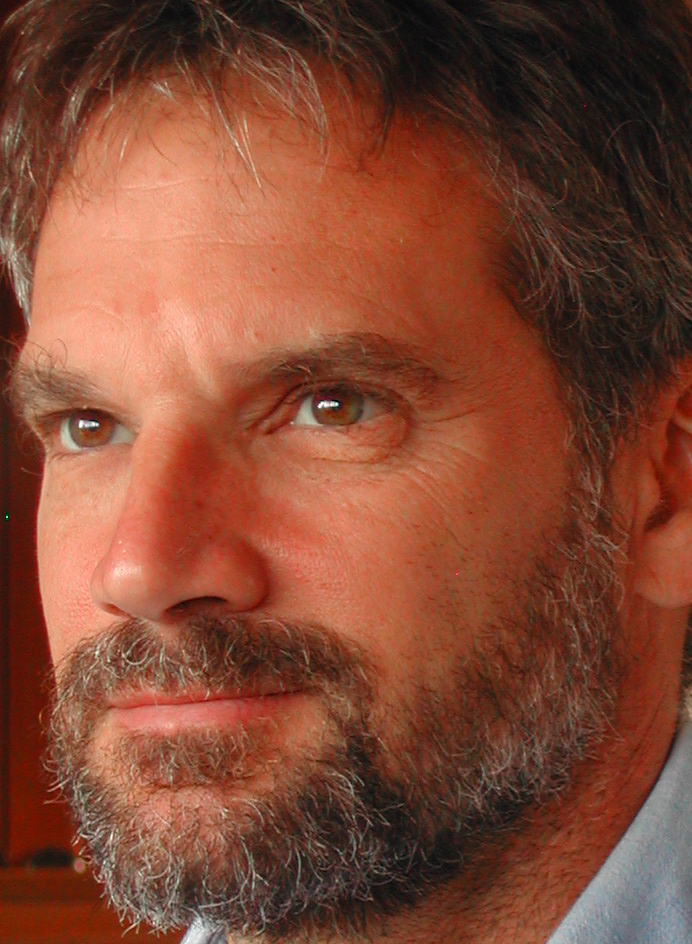“Into Thin Air” is a true-story about an author named Jon Krakauer and his expedition climbing Mt. Everest. Throughout the climb, Krakauer and his team, featuring the well-known climber Rob Hall, encountered many difficulties they had to work through including illness, weight loss and acclimatization. After being one of the first to reach the summit of Everest on May 10th, 1996, Jon was descending as quickly as possible because he’d run out of supplemental oxygen which exposes him more quickly to hypothermia, disease and hallucination. He reached his tent and passed out into a deep sleep before the storm struck on his other teammates. While others made heroic attempts to save the other climbers in the blizzard, some losing their lives, eight climbers were still lost that day including Rob Hall and another famous climber, Scott Fischer. The rest of his life, Jon has been troubled with survivor’s guilt and decided to go on with his story from his Outside Magazine article, feeling like he had more to say. After extensive research and many interviews with the survivors, he wrote this book in thorough detail to clear up any questions about that fateful trip.
 |
| # of Deaths per year on Everest - shows a spike in 1996, the year of Krakauer's expedition |










